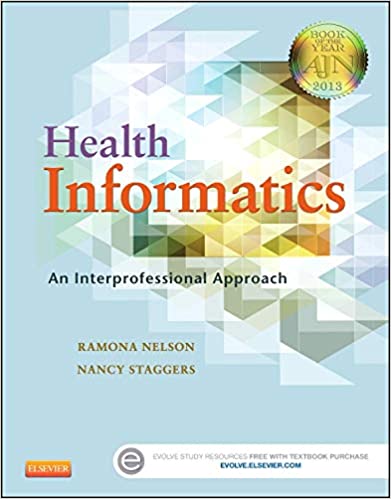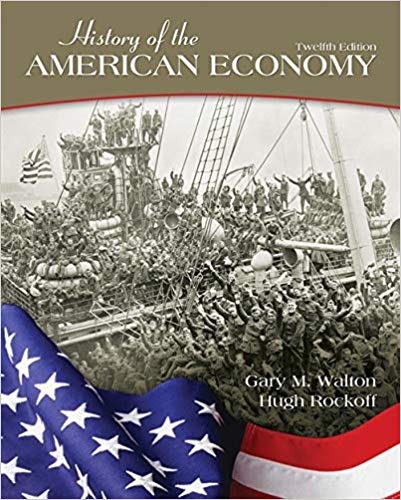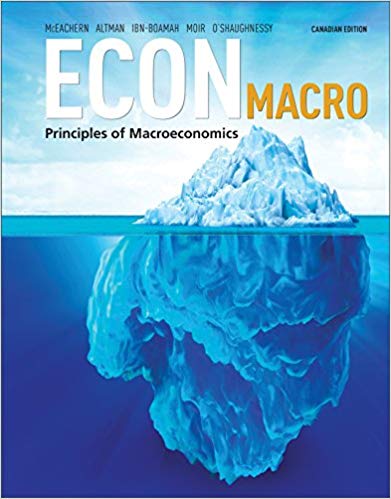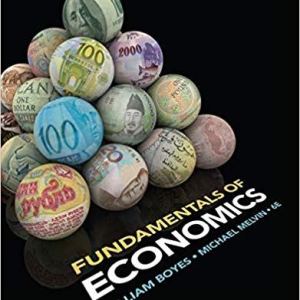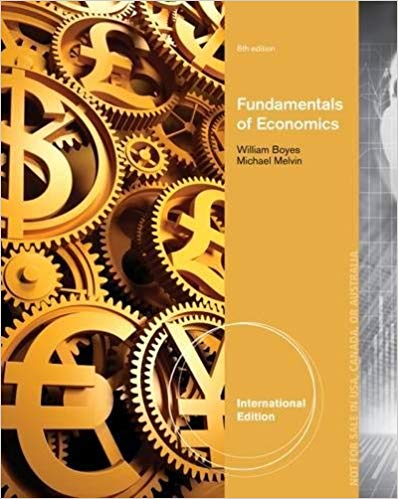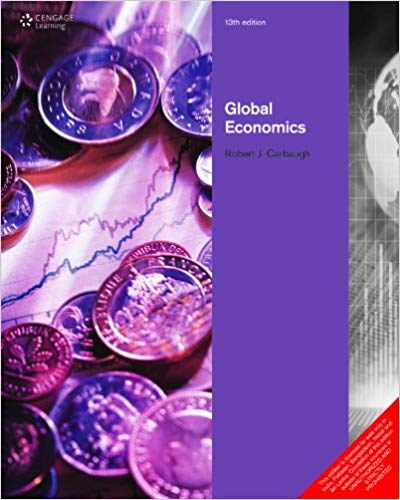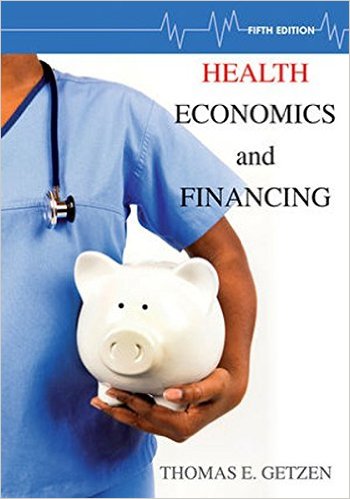Health Economics Theory Insights And Industry Studies 6th Edition By Dr. Rexford E. – Test Bank
- Which of the following best describes allocative efficiency?
| a. | Producing a medical service at the lowest possible cost. |
| b. | Constructing a new medical facility to exactly offset a market shortage of such services. |
| c. | Increasing the amount of hospital beds available such that each person in the population served has a bed allocated to him/her. |
| d. | None of the above. |
| e. | More than one of the above statements is true.
|
- Which of the following best describes productive efficiency?
| a. | Producing a medical service at the lowest possible cost. |
| b. | Constructing a new medical facility to exactly offset a market shortage of such services. |
| c. | Increasing the amount of hospital beds available such that each person in the population served has a bed allocated to him/her. |
| d. | None of the above. |
| e. | More than one of the above statements is true.
|
- Which of the following represents an opportunity cost?
| a. | Increases in medical technology. |
| b. | Reduction in fees for Medicare patients. |
| c. | Additional spending on public health initiatives. |
| d. | Increased enrollments at medical schools. |
| e. | Forgone geriatric care to provide additional maternity services.
|
- Any point _______ the production possibilities frontier is efficient and attainable.
| a. | inside of |
| b. | along |
| c. | outside of |
| d. | both a and b are correct |
| e. | both a and c are correct
|
- _______ help explain the law of increasing opportunity costs.
| a. | Differing consumer preferences |
| b. | The characteristics of a pure market system |
| c. | Advancements in technology |
| d. | Imperfect substitutability of resources |
| e. | Decreases in the availability of natural resources |



